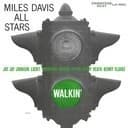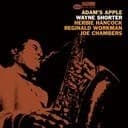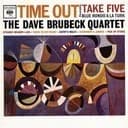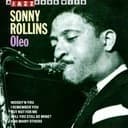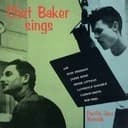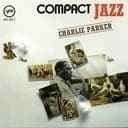The A Bebop Dominant Scale in Jazz Improvisation
The A bebop dominant scale follows the interval formula of 2-2-1-2-2-1-1-1 semitones, producing the notes A, B, C#, D, E, F#, G, and G#. The chromatic passing tone (G#) creates an eight-note structure that ensures chord tones (A, C#, E, G) fall on strong beats during eighth-note improvisation. This rhythmic alignment makes bebop lines sound both fluid and harmonically grounded, a technique perfected by bebop masters like Charlie Parker, Bud Powell, and Dizzy Gillespie.
Application Over A7 Chords in Jazz Standards
The A bebop dominant scale serves as a primary improvisational tool over A7 (A dominant seventh) chords in jazz contexts. Tunes like "Solar" by Miles Davis and "Footprints" by Wayne Shorter feature A7 dominant harmony where this scale creates authentic bebop language. In ii-V-I progressions resolving to D major (Bm7-A7-Dmaj7), the A bebop dominant scale provides smooth voice leading and melodic chromaticism that characterizes the bebop style.
Piano Practice and Technical Development
For effective piano practice of the A bebop dominant scale, use consistent fingering: right hand ascending from A: 1(A)-2(B)-3(C#)-1(D)-2(E)-3(F#)- 4(G)-1(G#)-2(A). Set your metronome to 60-80 BPM and practice in strict eighth notes, emphasizing chord tones (A, C#, E, G) on downbeats. This trains your ear to hear harmonic structure within scalar movement. Progress to various rhythmic groupings and practice through different octaves to develop facility across the keyboard.
Harmonic Applications and Progressions
In the key of D major, the progression Bm7-A7-Dmaj7 provides perfect context for the A bebop dominant scale: play B Dorian over Bm7, switch to A bebop dominant over A7, and resolve to D major. The scale also works in A blues contexts and modal settings where A7 harmony is sustained, allowing extended exploration of bebop chromaticism and authentic jazz language.
Relationships to Other A Scales
The A bebop dominant scale shares its foundation with the A Mixolydian mode, differing only by the G# chromatic passing tone. The A bebop major scale serves as the parallel bebop scale. Jazz pianists develop fluency with multiple A dominant scale options—bebop dominant, Mixolydian, altered, whole tone—learning to choose based on harmonic context and desired effect.
